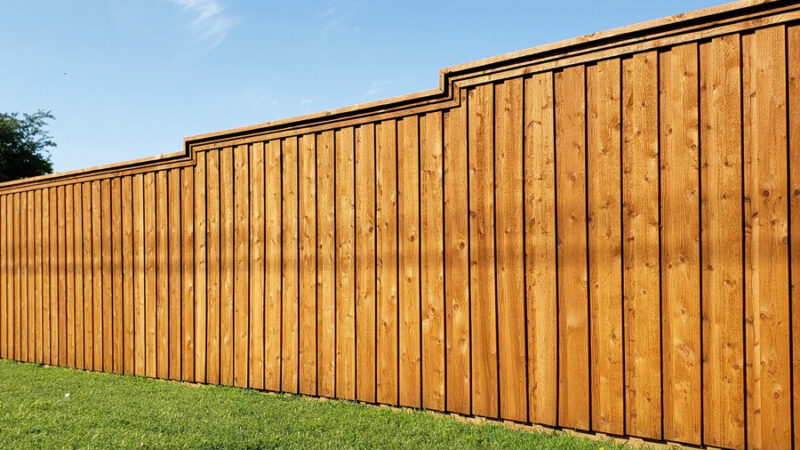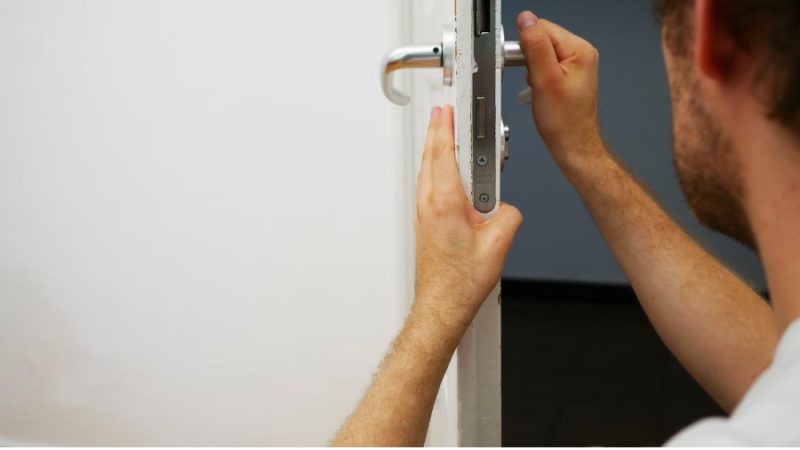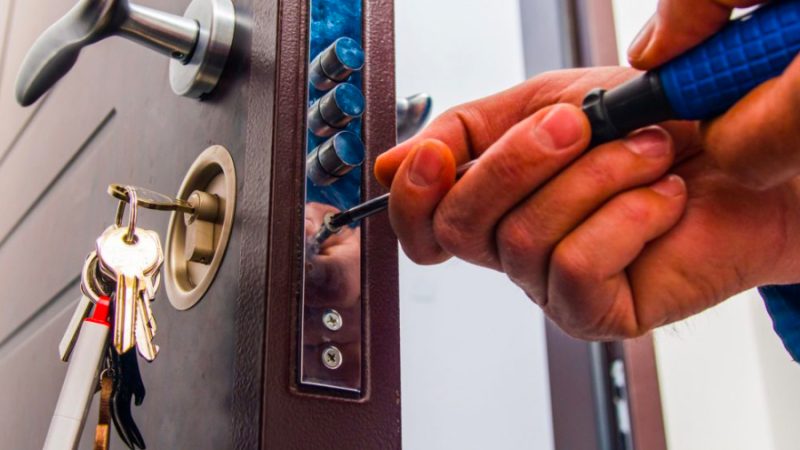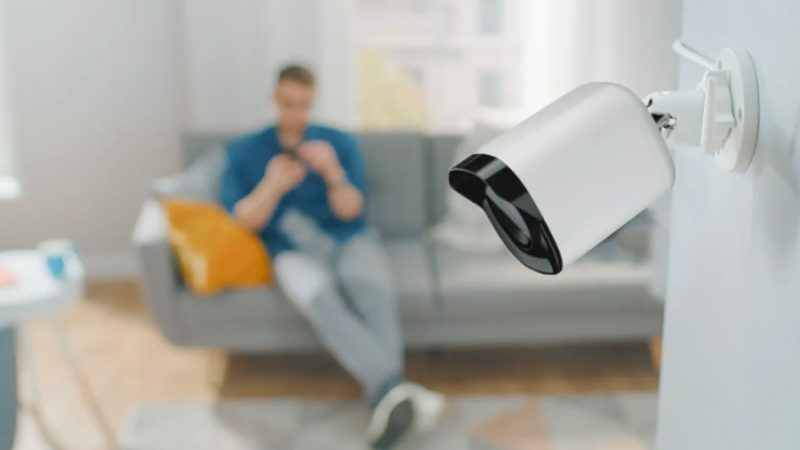How to Remove a Broken Key from a Lock
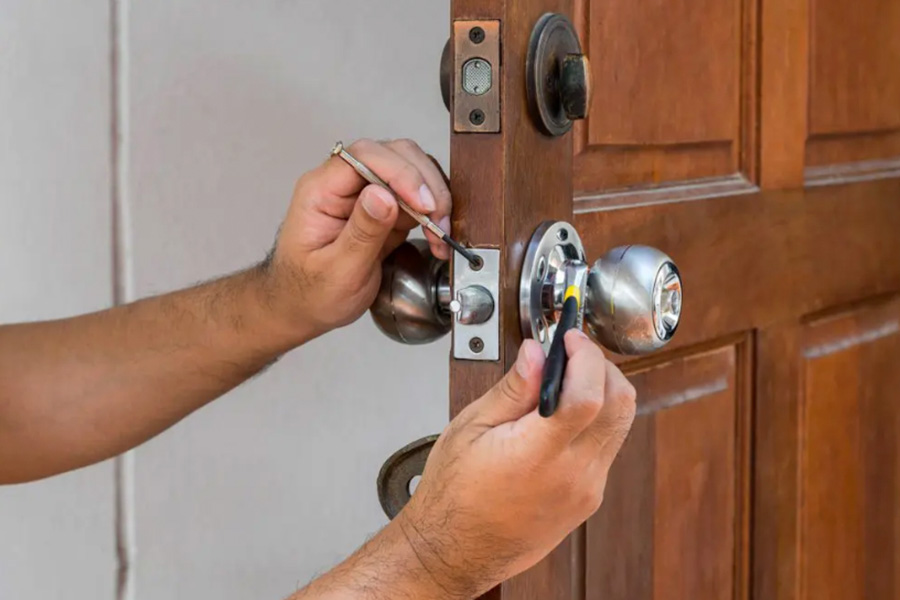
Everyone has experienced this annoying situation where you turn your key in the lock, and it breaks, trapping half of it inside, rendering the lock useless.
Typically, a broken key requires an emergency locksmith, but there are a few techniques you can try before making that call.
This guide will walk you through the steps to safely remove a broken key from a lock and also explain how motion sensor lights can improve your home‘s security and help prevent future incidents.
Why Do Keys Break in Locks?
Understanding why keys break can help you avoid this issue in the future. Let’s break things down.
Keys often snap because of metal fatigue, wear and tear, or applying too much force. Additionally, older keys, particularly those that have become twisted or weakened over time, are more prone to snapping.
Another consideration is that stiff or badly maintained locks increase the likelihood of key breakage since they need more power to turn. The climate can also play a part in key breaking, as locks can freeze or corrode, making it difficult to turn.
That is why regular lock maintenance is critical, especially in places with harsh cold winters or heavy rain.
Another crucial factor to consider is dim light settings or pitch-dark areas. This is where motion sensor lights can be a lifesaver, as they help you spot any lock issues before inserting your key.
Now that we have started to dive in, let’s move on and check our comprehensive guide to removing a damaged key from a lock. Fingers crossed you won’t need a locksmith.
1. Gather Your Tools
Before starting, collect some basic tools. Most hardware stores sell needle-nose pliers, tweezers, a key extraction tool, or even a fine jigsaw blade. If these aren’t available, you can use household items like a bobby pin or a paperclip.
Similarly, if the area around the lock is dark or poorly lit, use your motion sensor lights to illuminate it. Remember that good lighting will help you see clearly, which is important when working with small fragile parts.
2. Apply Lubricant
Lubricating the lock with WD-40 can help loosen the broken key, making it easier to slide out. Yet, avoid using too much, just insert the straw attachment into the keyhole and give it a quick spray.
Lubrication will reduce friction and allow the broken key to slip out more smoothly.
If you don’t have WD-40, other materials like graphite powder or a small amount of soap applied to the blade of a thin tool can also help. However, avoid oil-based solutions as they can cause the lock to gum up over time.
3. Align the Cylinder
Use a flathead screwdriver or any such instrument to gently restore the cylinder to its original position should the key break while the lock is half-turned. This is a critical step as the broken key might not be obvious until the lock is in correct alignment.
When trying to align the cylinder, only use light pressure. Should you run against any opposition, pause and consider the circumstances.
If the cylinder is forced, the lock’s internal mechanism can become compromised and would result in more costly repairs.
If the cylinder feels stuck, a tiny amount of lubricant will help it move freely, but be cautious to not use too much, as excess lubricant might accumulate dirt and eventually block the lock.
Never forget to exercise caution since too strong pressure can complicate lock repair. Hence, work carefully rather than against the lock.
4. Use Tweezers or an Extractor Tool
Now comes the tricky part. Try to insert the extractor tool or tweezers into the lock and hook onto the broken key fragment.
Then, gently twist the tool until the key loosens and comes free.
Importantly, tweezers can also work if they are thin enough to fit into the lock without pushing the key further in.
The goal is to gently grip the key’s edge and pull it out. If this becomes difficult, stop and avoid forcing the key deeper into the lock.
5. Try a Bobby Pin or Jigsaw Blade
If tweezers or an extractor tool don’t work, you can use a fine jigsaw blade or bobby pin as a temporary extractor.
You can start by inserting the thin edge of the blade or pin into the lock and try to hook one of the broken key’s grooves. Afterwards, gently pull or twist until the key starts to move.
Pro tip, try slanting a bobby pin slightly to create a little hook at the tip.
This will help you to better grasp the grooves of the key, therefore raising your chances of drawing it out without mishap. Just keep the hook small as you want to thrust the broken key more into the lock.
Right here, patience is vital. Try numerous times and steer clear of applying force. Steady and slow motions will prevent more lock damage.
6. Call an Emergency Locksmith if Needed
If none of the above approaches work, it is preferable to contact a professional locksmith.
Specialised tools and knowledge enable emergency locksmiths to manage even the most difficult broken key circumstances, thus helping you to prevent additional lock damage.
Sometimes trying to solve the issue on your own without the appropriate equipment makes matters worse and results in more costly repairs down the road.
Apart from fixing the current problem, locksmiths can also offer insightful guidance on security enhancement for your house.
They can recommend installing stronger locks, including high-security or anti-snap locks, which are meant to stop typical problems including key breakage and lock manipulation by robbers.
These kinds of locks are particularly helpful for homes with sensitive entry points or ones located in remote areas.
In addition, local qualified locksmiths often provide digital solutions like smart locks or keyless access systems, which replace the need for conventional keys.
The Role of Motion Sensor Lights in Security
Although motion sensor lights are mostly connected to home security, they can also be quite important in avoiding key-related problems including breaking. Good illumination is crucial when you’re trying to take a damaged key out of a lock.
Fumbling resulting from poor vision will cause the fractured piece to be pushed further into the lock or snap the key.
As soon as you approach your required area, these lights instantly brighten the area, providing you with good vision and enabling you to avoid breaking the lock farther or pushing the key.
Apart from simplifying important removals, this type of light helps to preserve your locks over time. Well-lit doors make it simpler to spot any problems with the lock mechanism like corrosion or stiffness.
Consider that frequent identification and resolution of these issues help you avoid future emergency locksmith calls.
Conclusion
Although handling a broken key is never pleasant, understanding how to deal with the problem will save you time, money, and stress. Whereas many broken key problems can be fixed with time and simple tools, occasionally expert assistance is required.
To help minimise future issues, make sure your locks are in good condition, your keys are kept well-maintained, and your doorways are strongly lit.


